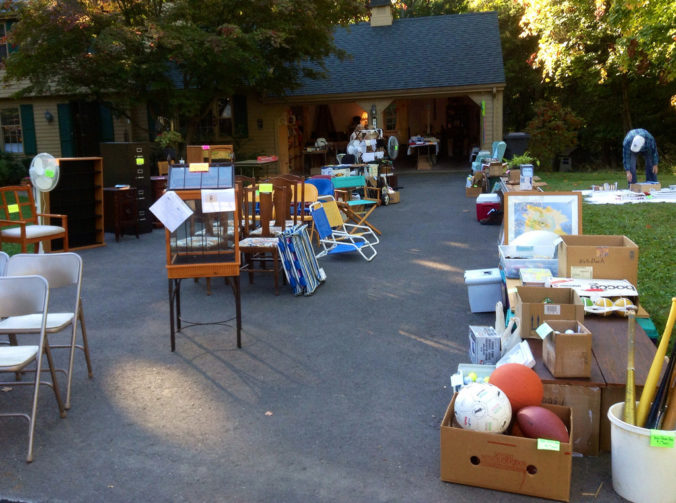I distinctly remember gathering with fellow first graders in Mrs. Beitler’s classroom to watch a 1986 Big Deal Space Event. (It turns out this was probably the Challenger fiasco. I have no recollection of the disaster ending, so the teachers must have been on their toes. Or I simply blocked it out.) My six-year-old self knew it was exciting stuff, but men had already been on moons. For the entirety of my life, in fact.
I’ve read from more than one author that the fact that God did not live above the clouds was a discovery. “We went to space and God was not there.” I shrugged it off the first time, but the second time I let it simmer. I asked a friend. Wait. You mean people were disappointed and confused when we found that outer space isn’t heaven? I’ve never known the greater atmosphere to be anything but the domain of moons and planets and less gravity.
When we discovered something new about our world, from my perspective, we learned something new about God. My 1980’s-kid self doesn’t completely grasp the challenge of simultaneously holding both truths, because both truths have always been evident to me.
Does anyone know how this shift in understanding was accepted among the most literal readers of the Bible? Was it a government hoax for a while? Did they believe that Neil was a used car salesman? Is this why JFK was shot?
I don’t mean to belittle the belief systems of those who grew up pre-Neil Armstrong. (Because this includes basically every human being in history, save the ones born in the last 40 years. Slight majority.) Actually, I’m confident my generation will come across a shift in interpretation of the Bible with a magnitude equal to God’s change of address. How will I deal? How far in will my heals dig before I relent that perhaps we weren’t supposed to read the poetry so literally?
How did these space-not-heaven conversations go down in the generation that had to deal with it? What bridges were built to pave the way to acceptance? How many people let go of their faith because they found out it had been in an idea about God and not faith in God?
We’re raising a generation of God-lovers in a constantly expanding world. I’m hoping to arm mine with a worldview that can take what I may deem as unfathomable that they can accept as basic knowledge. The goal: they won’t need to toss the concept of God in order to hold evident truths of the universe. So, what does it mean to have faith in God and not only the ideas about God we’ve been taught? Can we know the difference? Do we need to?
I have too much hope in the world God created to believe we’ve reached the end of opportunity for exploration. There is so much more to discover. The bigger the universe, the bigger God becomes to me. So how do I instill a faith that expands with our revelations?


